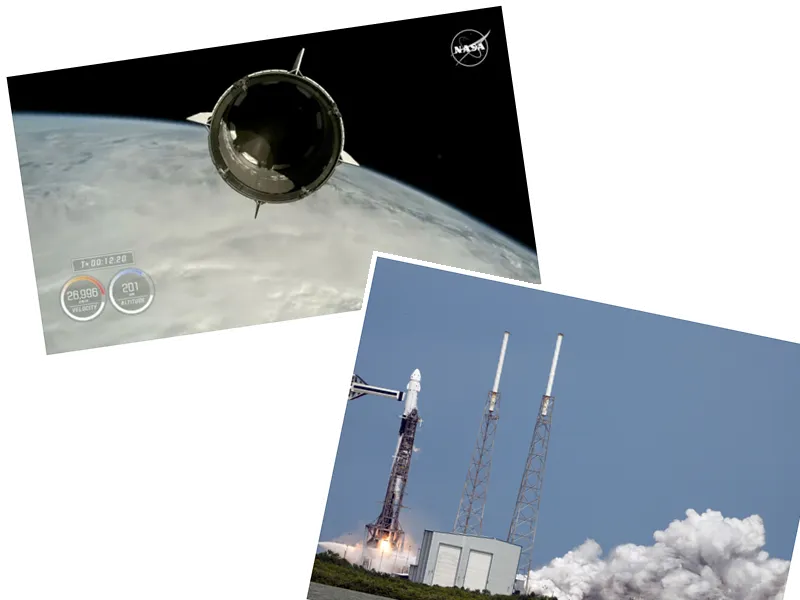NASA Launches Europa Clipper to Explore Jupiter's Icy Moon
NASA has officially launched its Europa Clipper spacecraft, the largest interplanetary probe ever built, aimed at exploring Jupiter's moon Europa, which is considered one of the most promising locations for finding extraterrestrial life. The spacecraft lifted off aboard a SpaceX Falcon Heavy rocket from Cape Canaveral, Florida, after a slight delay due to Hurricane Milton. The mission, which has been over a decade in the making, is set to provide unprecedented insights into Europa's icy surface and its potential subsurface ocean.
The Europa Clipper mission is significant because it will study the moon's composition, geology, and internal structure over a four-year period, conducting 49 close flybys. Scientists believe that beneath Europa's 20-kilometer-thick ice crust lies a vast ocean, possibly containing twice the amount of water found in all of Earth's oceans combined. This makes Europa a prime candidate for harboring life as it possesses the essential ingredients: water, organic compounds, and energy sources.
During its journey, the spacecraft will navigate through Jupiter's intense radiation environment, which is 20,000 times stronger than Earth's. To protect its sensitive instruments, the mission has been designed to allow the probe to orbit Jupiter in sync with Europa, minimizing exposure to harmful radiation. The spacecraft is equipped with nine scientific instruments that will analyze surface materials, measure ice thickness, and search for signs of a habitable environment.
The Europa Clipper is expected to arrive at Jupiter in April 2030, where it will begin its detailed study of the moon. The findings could provide crucial information on whether Europa has the conditions necessary to support life, potentially reshaping our understanding of where life could exist beyond Earth. As NASA embarks on this historic mission, the scientific community eagerly anticipates the discoveries that await in the depths of Europa's icy shell.





